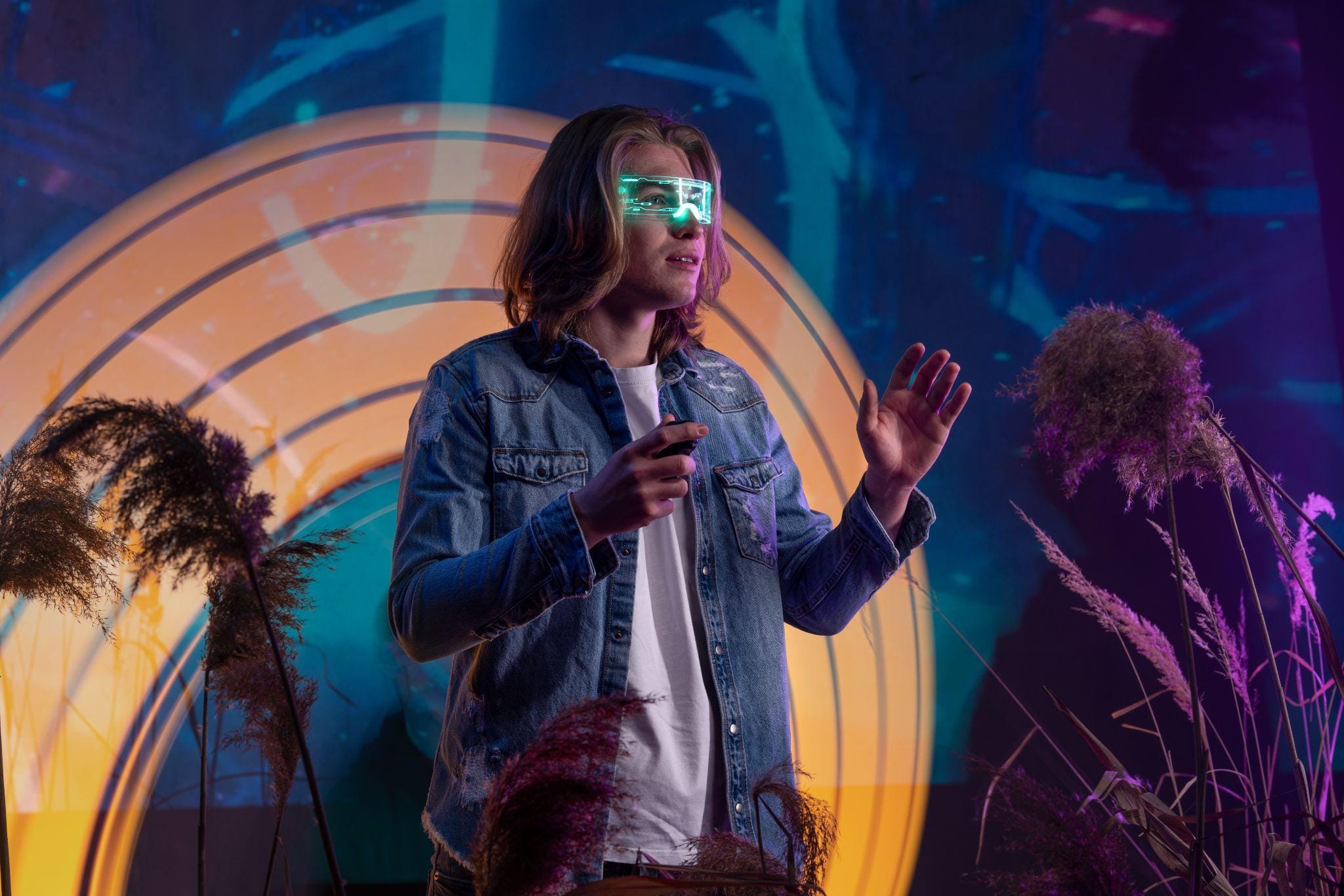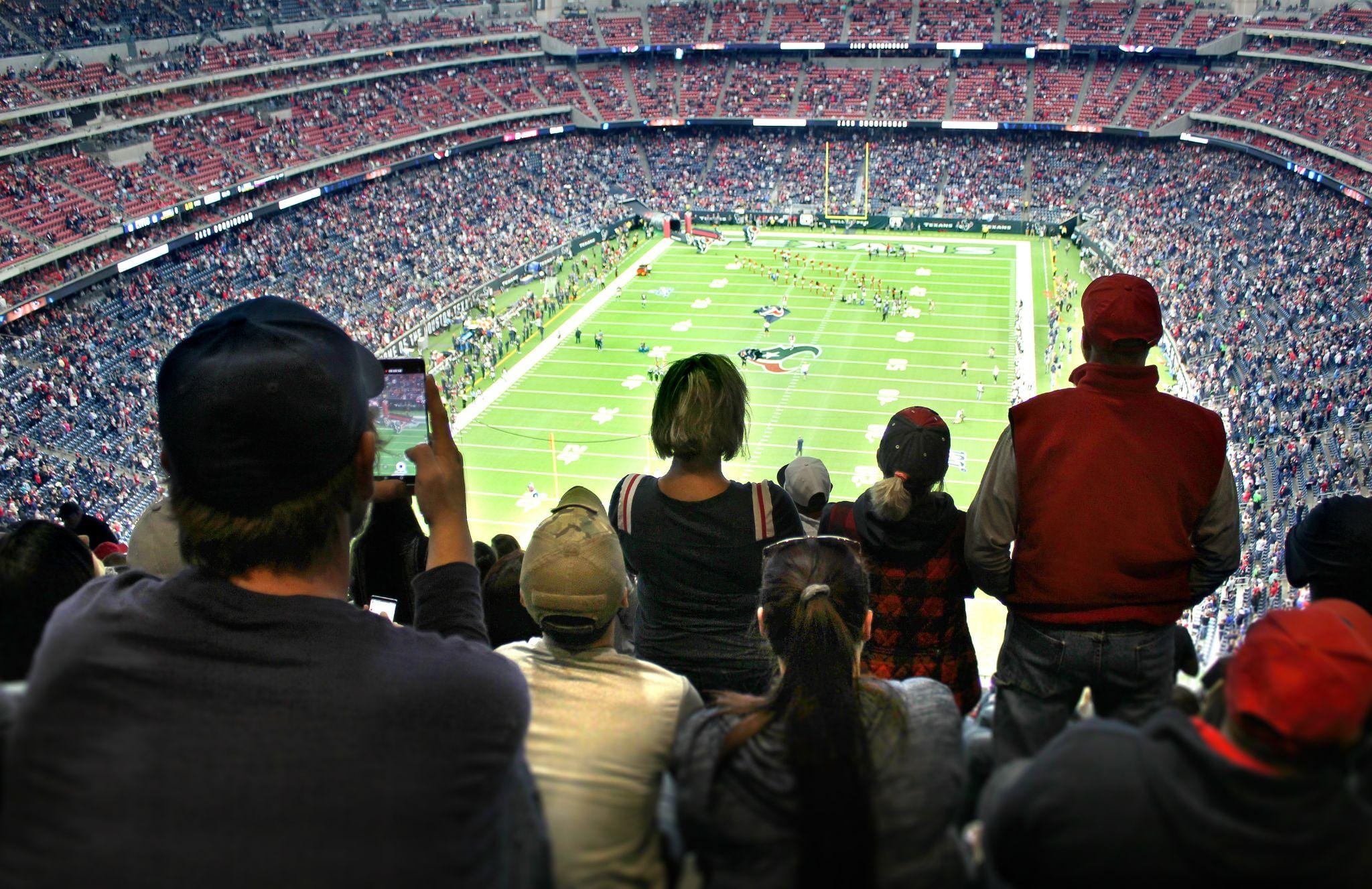Using AR for Live Events and Virtual Experiences
In recent years, Augmented Reality (AR) has transitioned from being a platform where technology merges into a cornerstone of modern marketing. Its capacity to overlay digital elements onto the real world has transformed how brands and agencies approach live events and virtual experiences. From concerts to product launches, AR adds an immersive layer that captivates audiences, making their interactions memorable and engaging.

The Role of AR in Live Events
Live events thrive on engagement and interactivity, two areas where AR excels. The technology transforms static physical spaces into dynamic, interactive environments, enabling brands to create unforgettable experiences.
AR at Product Launches
Brands are increasingly integrating AR into product launches to build excitement. For instance, at a recent car launch, attendees could use AR-enabled devices to view the car's inner mechanisms, explore color customizations, and even take a virtual test drive. This approach not only elevated the launch but also empowered potential buyers to make more informed decisions.
Music Festivals and Concerts
AR also redefines the concert experience. Music festivals now feature AR filters and interactive stages where attendees can see holographic performances or add virtual elements like glowing wristbands synced to the music. These innovations deepen audience connection while making the event more Instagrammable, driving organic social media buzz.
Sports Events
AR adds new dimensions to sports events. Some stadiums now offer AR-guided tours, letting fans relive historical matches by overlaying past moments onto the field. Interactive AR games during halftime also keep the audience entertained, ensuring every second of the event holds their attention.
How AR Enriches Virtual Experiences

Virtual experiences are no longer limited by geographical or logistical constraints, thanks to AR. The ability to create immersive environments without requiring physical presence makes AR a valuable tool for virtual events.
Virtual Trade Shows
Trade shows have gone digital with AR-enhanced booths. Attendees can virtually walk through product showcases, interact with 3D models, and even engage in live Q&A sessions with brand representatives. This creates a realistic yet cost-effective alternative to traditional trade shows.
Remote Team Building
Companies have embraced AR for remote team-building activities. Imagine a virtual treasure hunt where employees use their phones to find AR clues in their surroundings. Such activities not only foster collaboration but also keep participants engaged through gamification.
E-Learning Events
Educational institutions and corporations are using AR to conduct virtual learning events. By integrating AR simulations, participants can practice real-world scenarios in a risk-free virtual environment, making training sessions more effective.
AR-Driven Storytelling: The Heart of Engagement
The key to AR’s success in events lies in storytelling. AR enables brands to narrate their stories in a way that resonates with audiences on a deeper level.
Interactive Campaigns
Brands are leveraging AR to create campaigns that put the user at the center of the narrative. For instance, a tourism board might use AR to let users explore a virtual version of a historic site, complete with soundscapes and storytelling elements.
Immersive Advertisements
AR ads go beyond static visuals. For example, a beverage brand could let users scan a QR code on their product to unlock an AR game where they “mix” the drink with virtual ingredients, fostering both engagement and product recall.
Event-Specific Filters
AR filters tailored to specific events have become a viral marketing tactic. Whether it’s a film premiere or a brand anniversary, these filters allow attendees and virtual participants to become part of the experience, often sharing it across their social networks.
AR in Different Industries
AR’s adaptability ensures its relevance across industries, from fashion and retail to healthcare and real estate.AR is transforming industries with innovative applications. In retail, AR mirrors let customers virtually try on outfits or accessories, enhancing convenience and reducing return rates.
Real estate developers offer virtual site visits where buyers explore 3D properties and customize layouts from their devices, ideal for expos. In healthcare, AR enables interactive demos of medical devices and procedures, allowing attendees at conferences to visualize anatomy or surgical techniques in detail.
Challenges and Solutions
While AR holds immense potential, integrating it into events comes with challenges.
High Development Costs
AR experiences can be expensive to create. Opting for modular AR solutions or partnering with experienced agencies can help manage costs.
Technical Barriers
Not all attendees may have devices compatible with AR. Providing rental devices at live events or offering a basic, non-AR alternative ensures inclusivity.
User Education
Many users are unfamiliar with AR. Simple instructions and intuitive interfaces can bridge this gap, ensuring a seamless experience.
Final Thoughts
As AR technology evolves, its applications will become even more sophisticated. The advent of 5G will enhance real-time AR experiences, while advancements in AI will make them more personalized. Brands and agencies that embrace these innovations will be well-positioned to lead in a crowded marketplace.
By integrating AR into live events and virtual experiences, brands not only capture attention but also build lasting connections with their audiences. For creative agencies, marketing managers, and tech enthusiasts, the time to explore AR’s potential is now.
Comments
Your comment has been submitted successfully!